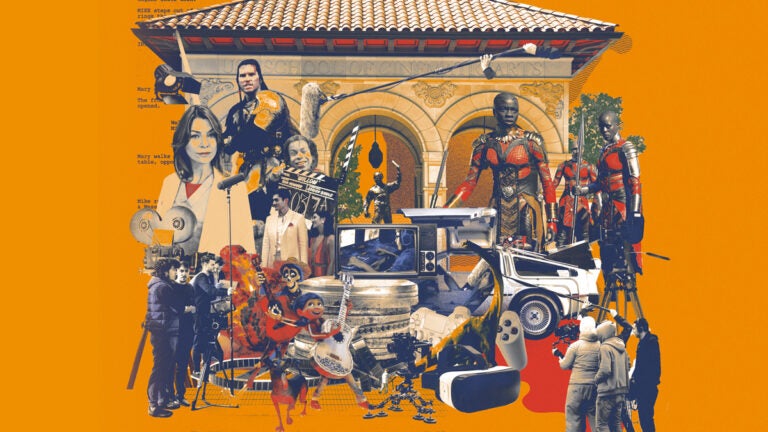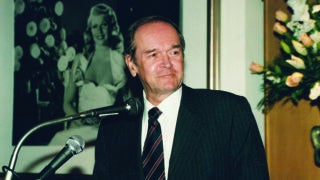
Celebrate Nine Decades of Cinematic Arts History
As the school hits 90, it’s about much more than movies.
On Feb. 6, 1929, at USC’s Bovard Auditorium, Douglas Fairbanks stepped into a surprising role: university lecturer.
The famed actor had played roguish heroes like Zorro, but on that day, his talk marked the launch of USC’s first-ever course on cinema — a burgeoning industry undergoing a creative revolution. Movie moguls Cecil B. and William C. DeMille were slated to teach part of the course, called “Introduction to Photoplay.” So was theater owner Sid Grauman.
Their crazy idea was the talk of Hollywood. From the start, Fairbanks, the first president of the newly launched Academy of Motion Picture Arts and Sciences, brought industry professionals to USC to teach the art and craft of filmmaking. Ninety years later, USC boasts what’s widely considered one of the best film schools in the world: the USC School of Cinematic Arts.
Partnerships between industry and academia flourish at the school. Students now choose from hundreds of courses taught by more than 400 faculty and adjunct professors comprising award-winning creators and scholars.
When the low-cost Super 8mm camera was introduced in 1965, professors used the accessible camera to jumpstart what insiders call “480.” That’s the famed student movie production course that spawned productions by future industry influencers like George Lucas ’66 and Robert Zemeckis ’73.
And it’s now about much more than film. As media have evolved over nearly a century, so has the School of Cinematic Arts.
With the takeoff of television in the 1960s and 1970s, the school developed 35 undergraduate and graduate courses for the popular medium. The 1990s gave rise to the Division of Animation & Digital Arts and the Division of Writing for Screen & Television. And as moving images grew beyond movies and TV, the school embraced video game design with the Interactive Media & Games Division, while the Media Arts + Practice Division opened for students to create and analyze innovative media.
In its first 90 years, the school has established its place at the forefront of cinematic arts education and the entertainment industry. Its alumni have created thrilling movie blockbusters and provocative virtual worlds, quirky animated shorts and serious scholarship — and there’s more to come.
Take a trip through a few highlights from USC School of Cinematic Arts history in this Trojan timeline.
Collage photo credits: Copyright by ABC/Photofest (Grey’s Anatomy); Metro-Goldwyn Mayer (Willow); Warner Bros. Pictures (Crazy Rich Asians);Walt Disney Pictures/Pixar Animation Studios (Coco); Warner Bros./Marvel Entertainment (Black Panther); Universal Studios (Jurassic Park); Ed Carreon (USC building); Alex Haney/Unsplash (virtual reality); Mike Meyers/Unsplash (Playstation); Vincent Delegge/Unsplash (car mount camera); Reality Ends Here photo courtesy of USC School of Cinematic Arts Archives)



